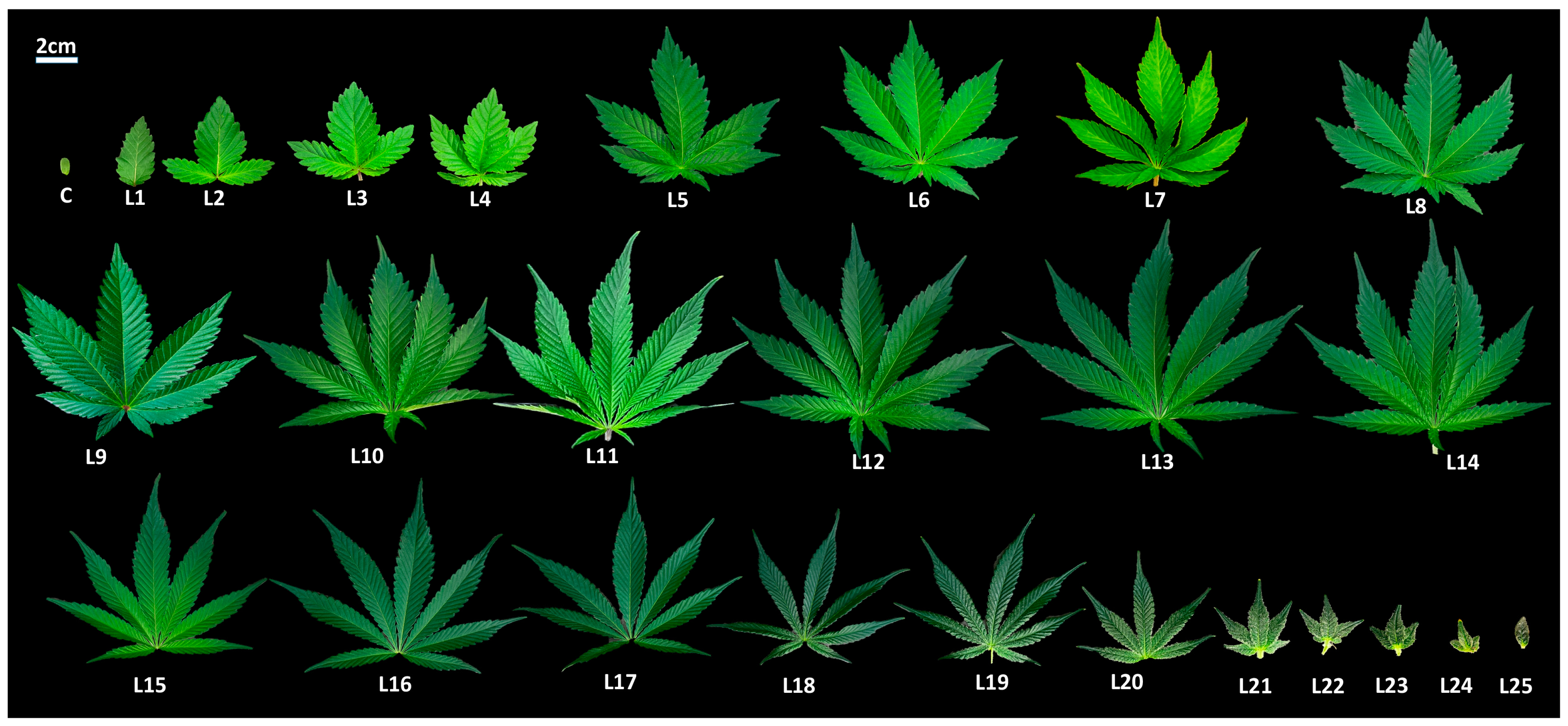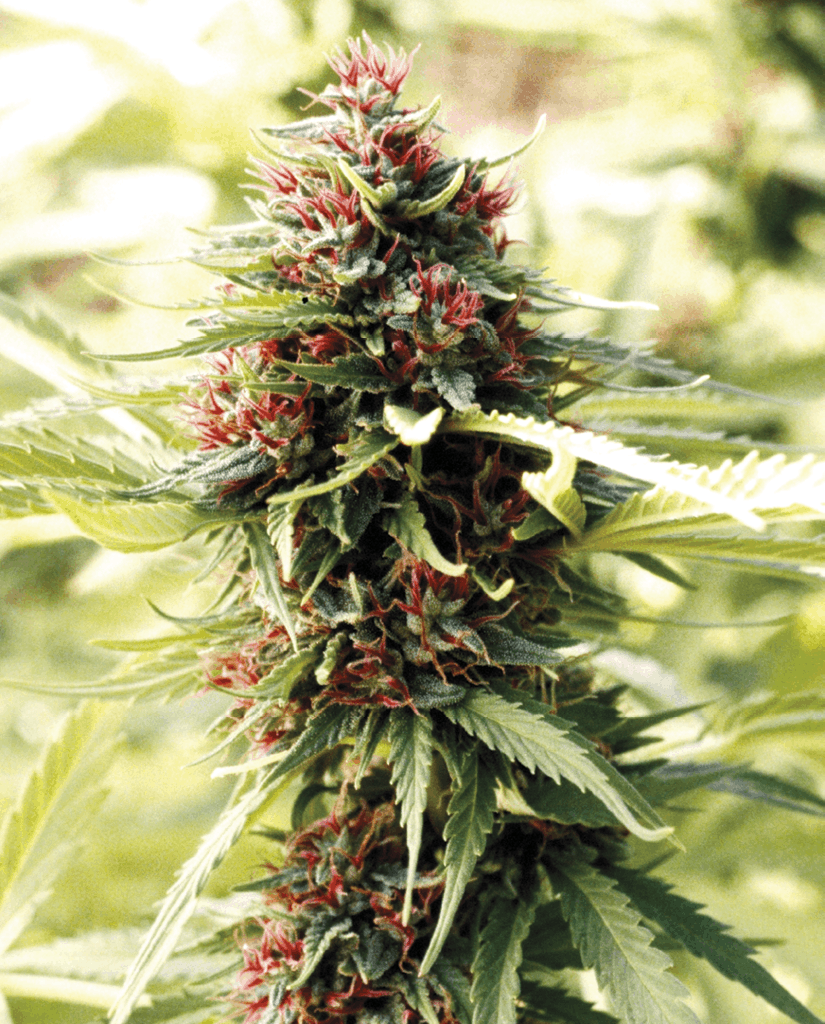For cultivators pursuing the ultimate in cannabis quality and yield, possessing an in-depth understanding of the plant's anatomy is essential.
From the intricate root system that anchors it to the soil, to the glistening trichomes adorning its flowers, each component plays a crucial role in the plant's growth, development, and production of the prized cannabinoids and terpenes. In this comprehensive exploration, we'll embark on a journey through the fascinating world of cannabis anatomy, unpacking the functions and characteristics of each part while unraveling the intricate interplay between genetics and environmental factors that shape the plant's structure.
The Root System: A Hidden Marvel
Deep beneath the soil's surface lies the unsung hero of the cannabis plant – the root system. This subterranean network is comprised of a central taproot and a vast array of fibrous lateral roots, forming the very foundation upon which the entire plant depends. The taproot, a thick, descending anchor, penetrates deep into the earth, anchoring the plant firmly in place while the fibrous roots radiate outwards, responsible for the crucial task of absorbing water and essential nutrients.
Maintaining a healthy root zone is paramount, as the overall vigor and productivity of the plant hinges on the root system's ability to access the necessary resources. Cultivators must ensure optimal soil conditions, including proper aeration, drainage, and nutrient availability, to foster a robust root network capable of supporting the plant's growth and development. Neglecting these factors can lead to stunted growth, nutrient deficiencies, and ultimately, decreased yields and quality.

IMAGE: GrowDiaries
The Architectural Marvels: Stems and Branches
Rising from the soil, the sturdy stem acts as the main structural support for the cannabis plant. This central stalk, often woody and reinforced with fibrous strands, not only bears the weight of the plant's foliage and flowers but also serves as a conduit for the essential flow of water, nutrients, and energy throughout the entire organism. As the plant matures, lateral branches emerge from the main stem at specialized sites called nodes, each separated by internode spaces. These branches provide additional surface area for leaf and flower development, contributing to the plant's overall yield potential.
The arrangement and spacing of these nodes and internodes play a significant role in shaping the plant's structure, influencing factors such as height, bushiness, and the distribution of flowering sites. Cultivators can employ techniques like topping and fimming to manipulate the plant's architecture, encouraging more lateral branching and optimizing the allocation of energy toward flowering sites.

IMAGE: Royal Queen Seeds
Leaves: The Powerhouses of Photosynthesis
No discussion of cannabis anatomy would be complete without exploring the plant's distinctive foliage. The large, palmate fan leaves, with their signature serrated edges, are the true powerhouses of photosynthesis. These broad, green surfaces are adorned with a multitude of tiny pores called stomata, which facilitate the exchange of gases and water vapor, enabling the plant to "breathe" and convert light energy into chemical energy through the process of photosynthesis.
Beneath the canopy of fan leaves, the plant also produces smaller, resinous sugar leaves, which serve as protective coverings for the developing flowers and contribute to the plant's overall aroma and flavor profile. By closely observing the appearance and health of the leaves, cultivators can detect early signs of nutrient deficiencies, pest infestations, or environmental stresses, allowing for timely interventions and adjustments to optimize plant growth.

IMAGE: MDPI
The Prized Treasures: Flowers and Reproductive Organs
For many cultivators, the flowers of the cannabis plant are the true stars of the show. These intricate reproductive structures are not only visually stunning but also house the highly sought-after cannabinoids and terpenes that give each strain its unique properties and effects.
At the heart of the female flower lies the calyx, a tear-shaped structure that protects the delicate reproductive organs within. As the plant matures, these calyxes swell and develop a dense covering of glistening trichomes – tiny, mushroom-shaped outgrowths that act as factories for the production of cannabinoids like THC and CBD, as well as the diverse array of terpenes responsible for the plant's distinct aromas and flavors.
Understanding the role of trichomes in cannabinoid and terpene production is crucial for cultivators seeking to maximize potency and flavor. These resinous glands are highly sensitive to environmental factors like temperature, humidity, and light exposure, and their development can be influenced by carefully controlling these variables during the flowering stage.
In contrast, male cannabis plants produce pollen sacs instead of calyx structures, designed to facilitate pollination and seed production. However, most cultivators opt for the cultivation of unpollinated, or "sinsemilla," female plants, as this approach maximizes the production of resinous, cannabinoid-rich flowers without the risk of seed development and the associated diversion of energy away from resin production.

IMAGE: Cannabis Business Times
The Interplay of Genetics and Environment
While the fundamental anatomy of the cannabis plant is governed by its genetic blueprint, the expression of these traits is heavily influenced by environmental factors. A plant's genetics determine its inherent characteristics, such as its potential height, branching patterns, and propensity for producing certain cannabinoid and terpene profiles. However, the actual manifestation of these traits is shaped by the growing conditions provided by the cultivator.
Factors like light intensity and spectrum, temperature, humidity, nutrient availability, and even the growing medium all play crucial roles in shaping the plant's physical structure and chemical composition. By carefully controlling and manipulating these variables, skilled cultivators can coax out the most desirable phenotypic expressions, maximizing yields, potency, and overall quality.
For example, exposing plants to specific light spectra during the vegetative and flowering stages can influence factors like internode spacing, branching patterns, and trichome development. Similarly, adjusting temperature and humidity levels can impact the plant's metabolic processes, potentially enhancing or suppressing the production of specific cannabinoids and terpenes.
Furthermore, cultivation techniques such as topping, fimming, and low-stress training can be employed to further influence the plant's architecture, manipulating factors like node spacing, branch distribution, and the allocation of energy towards flowering sites. This synergistic interplay between genetics and environment allows cultivators to fine-tune their crops to achieve their desired outcomes, whether maximizing yields, optimizing potency, or curating specific terpene profiles.
From Seed to Harvest: Anatomy Throughout the Growth Cycle
The anatomy of the cannabis plant undergoes significant transformations throughout its life cycle, with each stage presenting unique challenges and opportunities for cultivators. Understanding these developmental phases is crucial for providing the optimal care and conditions needed to support the plant's growth and maximize its potential.
In the seedling stage, the focus is on establishing a robust root system and nurturing the young plants through their delicate early growth. As the plant transitions to the vegetative stage, the emphasis shifts to fostering healthy foliage and stem development, often employing techniques like topping and training to shape the plant's structure.
During the flowering phase, the plant's energy is directed towards the development of the highly prized reproductive organs, with the calyxes swelling and the trichomes reaching their peak production of cannabinoids and terpenes. Careful monitoring and adjustment of environmental factors during this critical stage can significantly impact the quality and potency of the final harvest.
From the intricate root system that anchors the plant to the trichome-laden flowers that hold the key to its therapeutic potential, the anatomy of the cannabis plant is a marvel of nature's engineering. By understanding the functions and characteristics of each component, as well as the intricate interplay between genetics and the environment that shapes its structure, cultivators can unlock the full potential of their crops, producing high-quality, potent, and flavorful harvests that cater to the diverse needs of consumers.
Whether you're a seasoned grower or a curious enthusiast, delving into the fascinating world of cannabis anatomy is a journey that promises to deepen your appreciation for this remarkable plant and its intricate inner workings. Armed with this knowledge, you'll be better equipped to navigate the challenges and nuances of cultivation, ultimately elevating your craft and your harvests to new heights.
Q&A
Q: What is the main function of the root system in cannabis plants? A: The root system serves two crucial functions: anchoring the plant securely in the soil and absorbing water, oxygen, and nutrients needed for growth. A healthy root zone with proper aeration, drainage, and nutrient availability is vital for cultivating robust cannabis plants.
Q: How do the stems and branches contribute to the plant's structure? A: The central stem provides sturdy structural support, bearing the weight of leaves and flowers while transporting essential elements throughout the plant. Lateral branches emerge from nodes along the stem, increasing the surface area for foliage and bud sites, influencing factors like height, bushiness, and yield potential.
Q: What is the role of fan leaves in the cannabis plant? A: The large fan leaves are the powerhouses of photosynthesis. Covered in tiny pores (stomata), they facilitate gas exchange and convert light energy into chemical energy to fuel the plant's growth and development. Fan leaves also indicate plant health, with changes signaling potential nutrient deficiencies or environmental stresses.
Q: What are trichomes, and why are they important? A: Trichomes are tiny, mushroom-shaped outgrowths that cover the flowers (calyxes) of the female cannabis plant. These resinous glands produce the cannabinoids (e.g., THC, CBD) and terpenes responsible for the plant's potency, effects, and distinctive aromas. Optimizing trichome development is key to maximizing quality and desirable traits.
Q: How do genetics and environment influence the cannabis plant's anatomy? A: While genetics determine the plant's inherent characteristics like height, branching patterns, and cannabinoid/terpene profiles, environmental factors like light, temperature, humidity, and nutrients greatly impact the expression of these traits. Skilled cultivators can manipulate growing conditions and techniques to coax out desired phenotypic expressions for optimized yields and quality.
